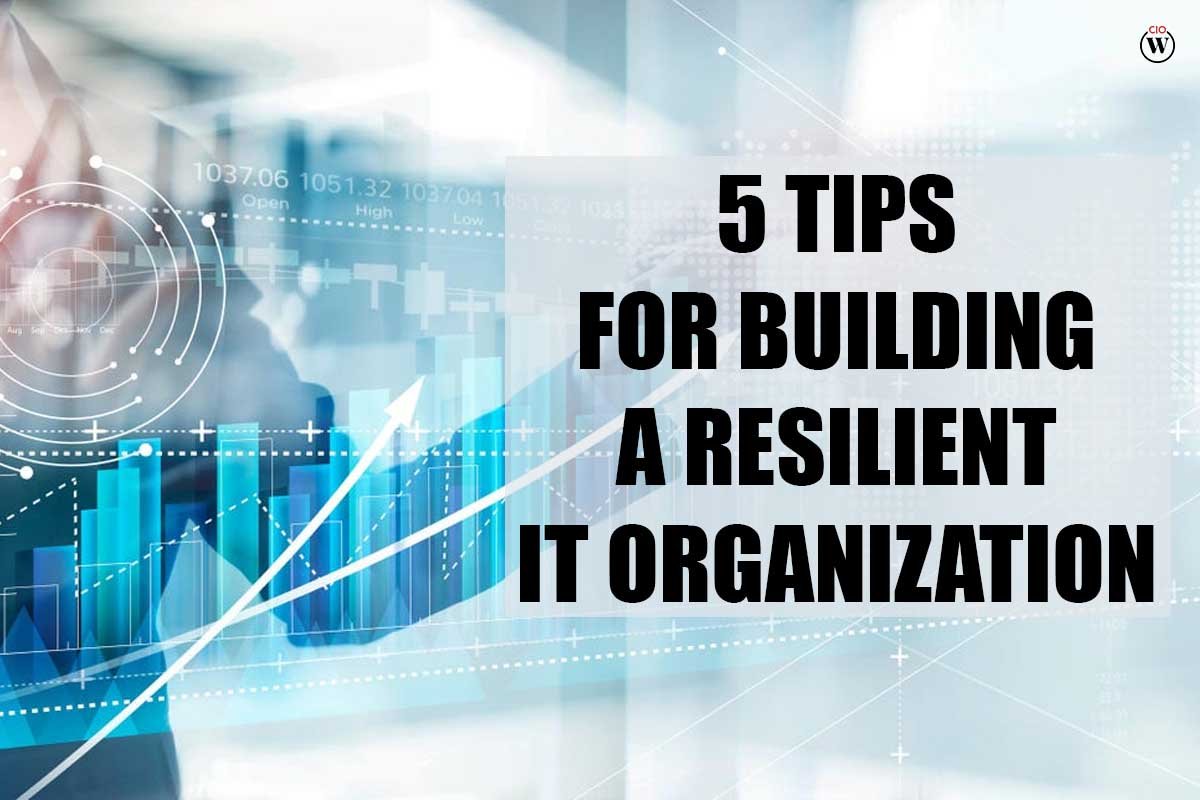Growing a start-up from an initial idea to a thriving business is challenging for any founder, but women entrepreneurs often encounter unique obstacles as they try to secure funding for expansion. Scaling requires significant capital for operations, talent acquisition, product development, and market reach, yet access to these resources is not equally distributed. The funding landscape reflects both structural biases and practical hurdles, making the path to growth more demanding for women-led ventures.
The Gender Funding Gap
One of the most widely discussed challenges is the gender funding gap. Research consistently shows that women founders receive a much smaller share of venture capital compared to their male counterparts. Despite evidence that women-led companies often deliver strong returns, many investors remain hesitant to back them. This lack of parity is not solely based on business fundamentals but also on unconscious biases. Pitch evaluations, risk assessments, and growth projections are sometimes judged more critically when presented by women.
Early-Stage Support Versus Scaling Capital

Seed funding for women-led start-ups has improved over the years thanks to targeted programs, grants, and angel investors who aim to diversify the entrepreneurial landscape. However, one of the primary funding hurdles women entrepreneurs face intensifies at the scaling stage. Moving from a small operation to a mid-sized company requires larger capital injections, often in the millions, and the number of investors willing to take that leap remains limited. Many founders report that while it is possible to secure early backing, the second and third rounds of funding prove to be more difficult.
Investor Networks and Access
Scaling a business often depends as much on connections as on capital. Many high-growth investors prefer to fund entrepreneurs within their own networks, which are historically male-dominated. Women founders sometimes lack access to these circles, making it harder to secure introductions, mentorship, and advocacy. Building trust with investors requires both repeated exposure and strong sponsorship, yet women are frequently excluded from informal settings where such relationships are cultivated.
Perception of Risk and Growth Potential
Investor perceptions play a significant role in funding decisions. Women-led companies are often questioned more aggressively about risk, while male-led firms are questioned about potential growth. This difference in framing creates an uneven playing field. The scrutiny placed on women’s business models can result in more conservative funding offers or reduced valuations. This not only impacts immediate access to capital but also affects long-term financial positioning.
Sector Bias and Emerging Markets

One of the primary funding hurdles women entrepreneurs face is tied to the industries in which they are more heavily represented. While women entrepreneurs are making strides across a range of sectors, they are often more concentrated in consumer-focused businesses, wellness, or services, which some investors perceive as less scalable compared to technology or biotech. This perception can create barriers even when the underlying market opportunity is strong. On the other hand, areas like clean tech investing are seeing gradual increases in women-led participation, suggesting that sector diversification could improve access to growth capital if investors broaden their perspective on market opportunities.
Alternative Funding Pathways
Because of persistent challenges with venture capital, many women founders explore alternative financing strategies. Revenue-based financing, crowdfunding, and impact investing have all emerged as viable paths to support growth. While these options may not always deliver the scale of capital that large venture rounds provide, they can offer greater autonomy and reduce dependence on traditional gatekeepers. Strategic partnerships with corporations, especially those committed to supplier diversity, also open doors to funding and contracts that fuel scaling efforts.
Policy and Institutional Shifts
Public and private initiatives are beginning to recognize the importance of equity in funding. Some governments have launched funds dedicated to women entrepreneurs, while financial institutions are rolling out lending programs that address systemic disparities. Venture firms led by women are also on the rise, aiming to correct the imbalance by investing directly in women-led businesses. These changes, while meaningful, still face the challenge of scale themselves. Without broader cultural and institutional shifts, individual programs may not be enough to bridge the gap completely.
Building Resilience and Strategy
Despite the funding hurdles women entrepreneurs face, many are finding ways to thrive by combining strategic planning with resilience. Building strong advisory boards, forming alliances with other women-led ventures, and focusing on measurable business outcomes can strengthen credibility with investors. While the responsibility should not rest solely on women founders to overcome biases, these strategies can improve positioning in competitive funding environments.
Expanding access to capital for women-led businesses is not only a matter of fairness but also of economic growth. Studies consistently show that diverse leadership teams outperform, innovate more effectively, and build companies with long-term sustainability. Bridging the funding gap will allow more women founders to take their ventures from promising ideas to industry leaders, strengthening both the entrepreneurial ecosystem and the economy. For more information on funding challenges, feel free to look over the accompanying resource below.








